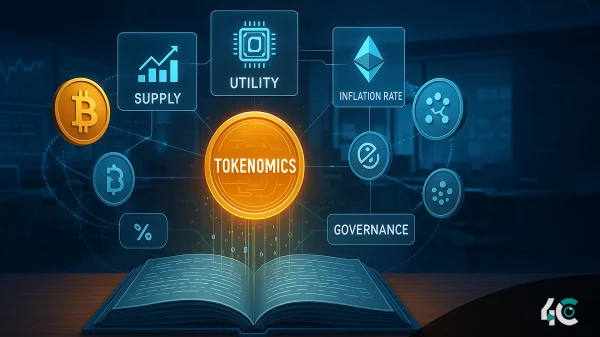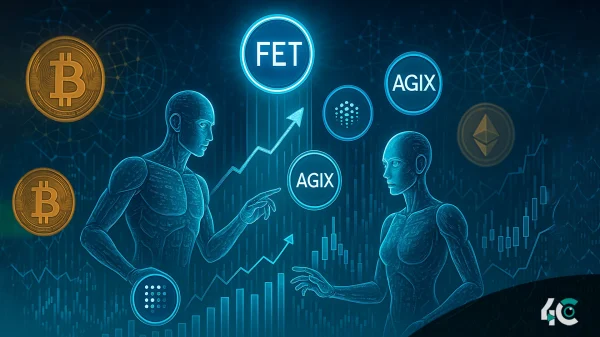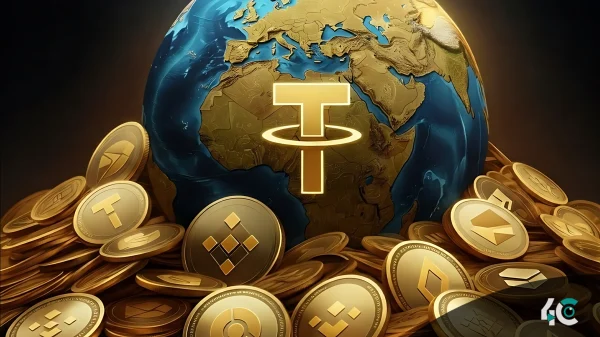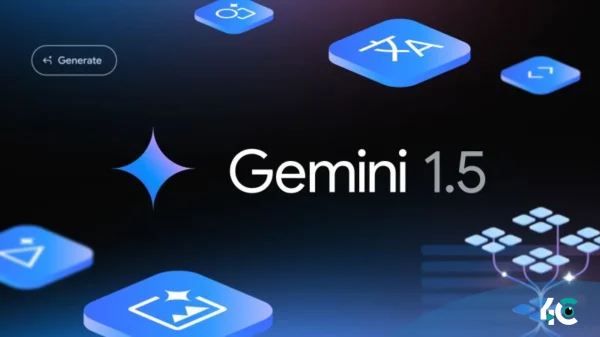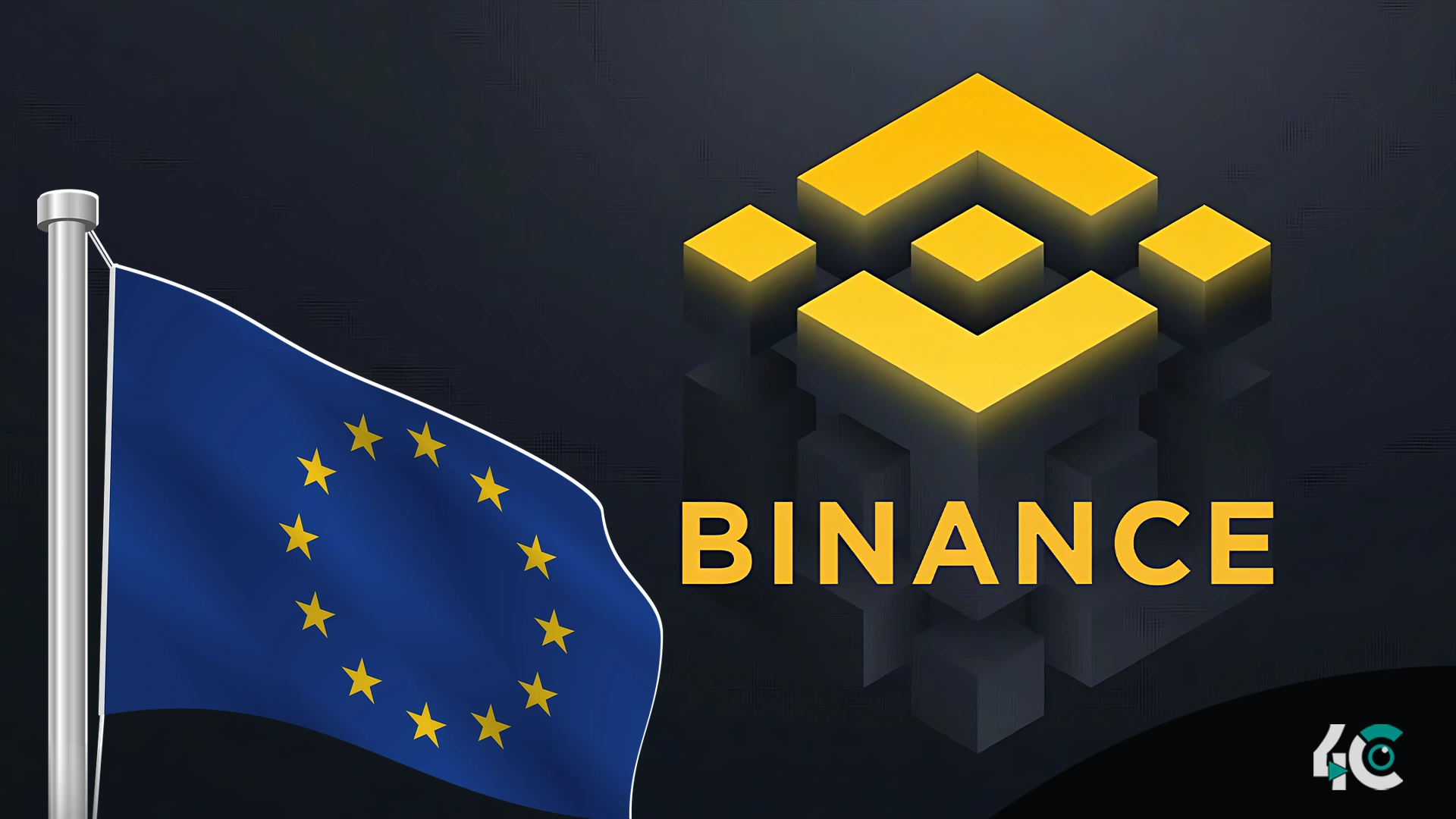Binance has announced a major regulatory move with its Binance stablecoin removal in Europe, eliminating non-compliant assets under the Markets in Crypto-Assets Regulation (MiCA). This decision aligns with the European Union’s push for stricter oversight on digital assets and stablecoins.
Changing what?
Binance will delete trading pairings containing nine non-MiCA-compliant stablecoins as part of this change: Tether (USDT), Dai (DAI), TrueUSD (TUSD), First Digital USD (FDUSD), Pax Dollar (USDP), Anchored Euro (AEur), TerraUSD (USTR), TerraClassicUSD (USTC), and PAX Gold (PAXG). March 31 will see this change implemented, which will affect EEA Binance users.
This implies what for users?
Binance users in the EEA will still be able to keep, deposit, and withdraw affected stablecoins, even if they are not accessible for trading. Users of Binance’s Convert tool will also be able to swap non-compliant stablecoins for MiCA-approved substitutes such as USD Coin (USDC), Eurite (EURI), or fiat money like the euro.
To keep using the complete range of services of the platform, a Binance representative advised consumers to switch to MiCA-compliant stablecoins immediately. However, you cannot use non-compliant stablecoins for anything other than conversion and withdrawals.
Why is Binance doing this?
MiCA rules seek to create a shared European Union regulatory framework for digital assets. Binance is setting itself up to function within the legal framework of the EU by guaranteeing compliance with MiCA and avoiding possible fines or restrictions. The European Securities and Markets Authority (ESMA) emphasizes the need for complete compliance by March 2025, marking a larger sector transformation.
Looking Forward
Other exchanges functioning in Europe might learn from Binance’s MiCA compliance. Although for certain customers this action might first cause disturbance to trade, eventually it is meant to provide the bitcoin market in the area more security, transparency, and stability.
Binance is aggressively seeking a MiCA license as the legal environment changes to guarantee its long-term viability to run inside the EU. Users in the EEA should act as required to move their holdings to MiCA-compliant assets before the March 31 deadline.








